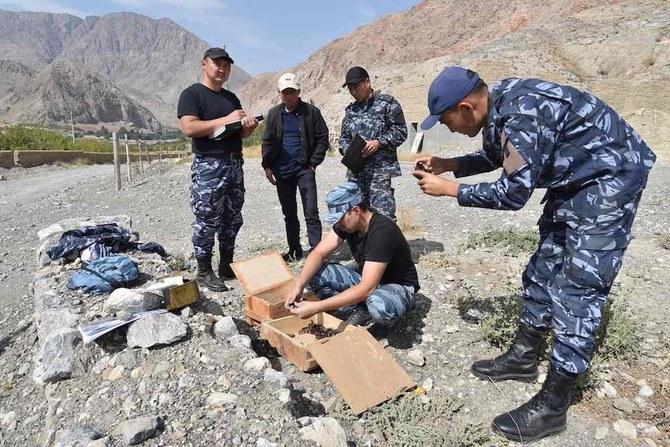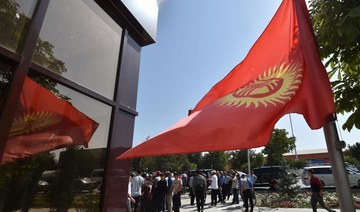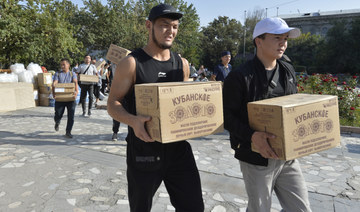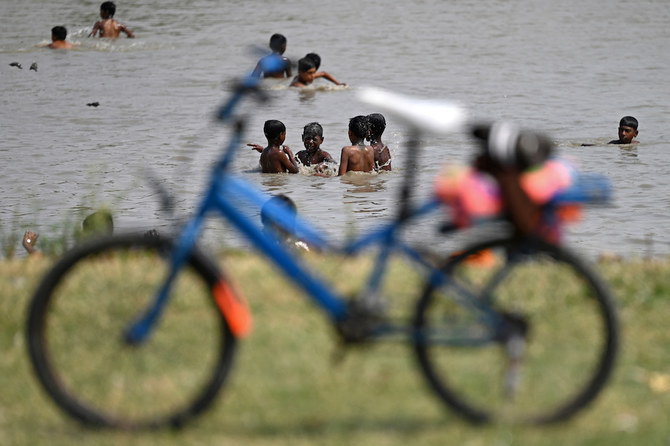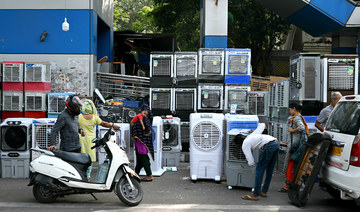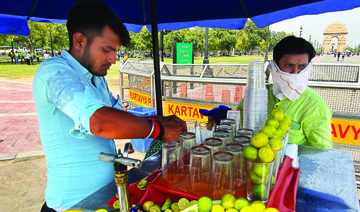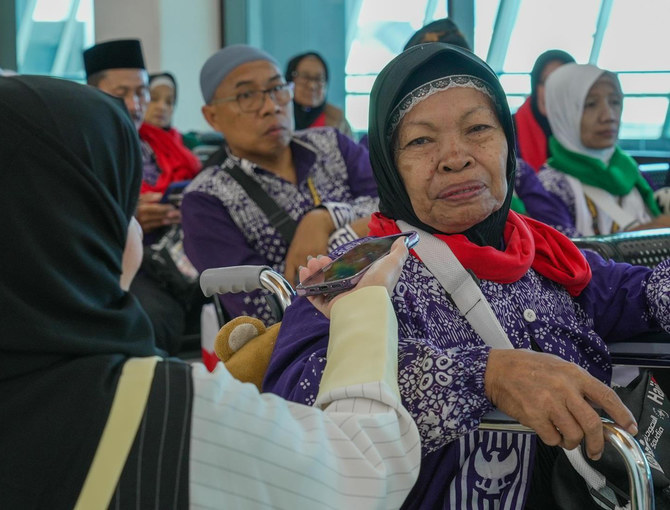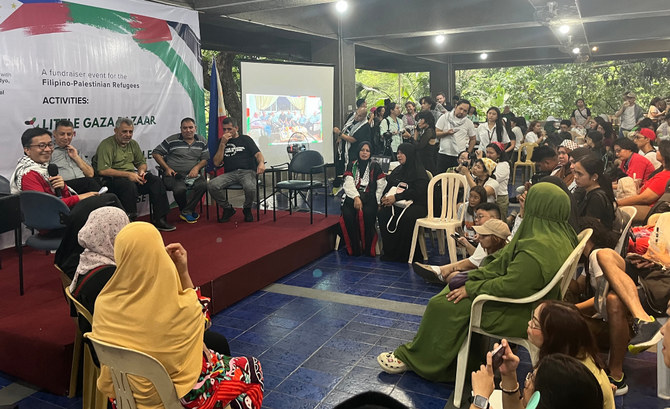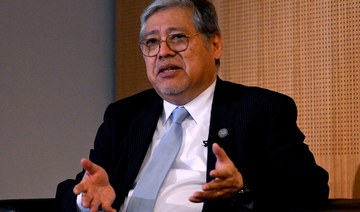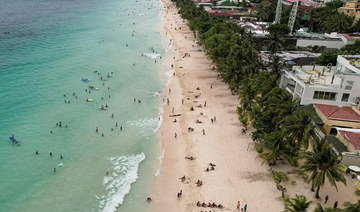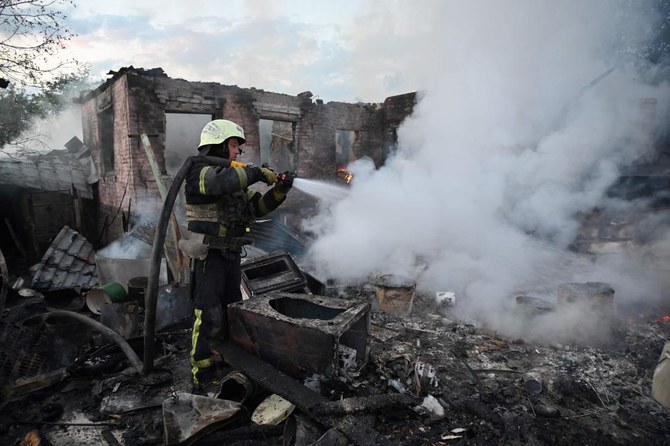BISHKEK, Kyrgyzstan: The Kyrgyz government has said it is open to mediation efforts by international organizations to resolve the conflict on its border with Tajikistan as tensions remained high on Wednesday following heavy fighting that left at least 100 people dead.
The two Central Asian nations share a 972-kilometer border, a third of which has been disputed in the aftermath of the Soviet era, when Moscow tried to divide the region between ethnic groups.
Kyrgyzstan and Tajikistan have accused each other of “aggression” following intense battles between Sept. 14 and 16 reportedly involving the use of tanks, aircraft, and rocket artillery. The clashes have led to the evacuation of around 140,000 people from a disputed section of the border in Kyrgyzstan’s Batken and Osh regions.
Though the two governments agreed on a ceasefire last Friday, the atmosphere was still tense at the border.
In a statement, the Border Service of the State Committee for National Security of Kyrgyzstan said: “The situation on the Kyrgyz-Tajik section of the state border in the Chon-Alai district of the Osh region and Batken region is relatively stable, but with elements of tension.”
Kyrgyz President Sadyr Japarov said his country was “never the first to start and never will” during his speech at the UN General Assembly in New York, adding that Bishkek had been “forced to respond to the aggression of the Tajik side.”
He added that Kyrgyzstan was “ready to continue negotiations” and welcomed mediation efforts by international organizations.
The participation of intermediaries, such as the UN and the Organization for Security and Cooperation in Europe, may be necessary to resolve the ongoing dispute, experts in Kyrgyzstan said.
Kyrgyz political scientist, Sheradil Baktygulov, told Arab News: “It is necessary to invite a mediator to resolve the situation and prevent further escalation.
“Since the Kyrgyz side is the initiator, according to international law, Tajikistan’s consent to the presence and assistance of an independent and competent arbitrator is not required,” he said.
Emil Juraev, an analyst from the Soros Foundation-Kyrgyzstan, highlighted the need for a mediator to move negotiations along.
“It is also not necessary to resort to the services of any individual state,” he told Arab News, alluding to Kyrgyzstan and Tajikistan’s alliance with Moscow.
“For example, Russia – this country is itself in a state of war and has completely discredited itself on the world stage.”
The second largescale conflict on the Kyrgyz-Tajik border in 18 months may have been sparked by domestic politics in the Tajikistan capital Dushanbe, Dr. Asel Doolotkeldieva from the OSCE Academy in Bishkek, told Arab News.
She noted that Tajikistan President Emomali Rahmon was “going to ensure the transit of power and hand over the reins of government to his son Rustam.
“However, the political elite is not ready to unanimously accept this,” she added. “The image of an external enemy is needed to mobilize the population around the person of Rahmon and his entourage.”
When the attacks began, those who lived in the villages on the border were forced to run toward the mountains for safety. With only a horse and a cart, Busalikha Egemberdieva from Dakhma, Batken was not able to get very far. Only with the help of a neighbor did she and her family make it to safety, and they are now sheltering with her relatives in the neighboring Osh region.
“Children are constantly crying. They are scared. I don’t know when we can go home. They say the village is not safe. We also heard that unexploded shells are still being found on the way to Batken,” Egemberdieva told Arab News.
“What we want is for the authorities to resolve the issue of borders as soon as possible. It is impossible to live on a powder keg,” she said.
“At my house at the door there is a packed suitcase with everything I need just in case. I would like to say that we are used to war, but it is impossible to get used to it. The children if I wake them up early, immediately ask, ‘have the Tajiks attacked again?’”



